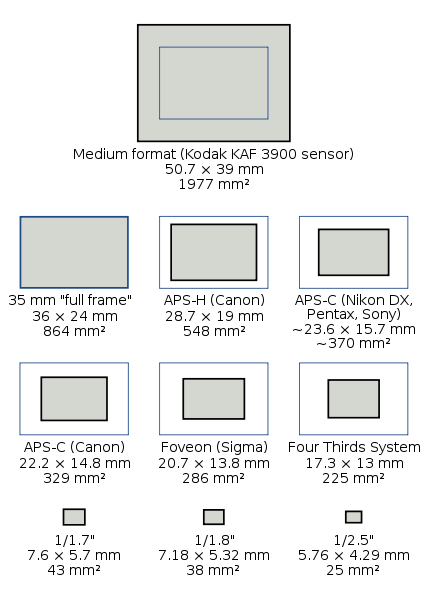
high resolution pictures at A-Z Fotos
high resolution pictures at AgeFotoStock with high resolution low budget royalty free stock photos
high resolution pictures at Alamy
high resolution pictures at The 3D Studio Photo blog about high resoulution pictures
high resolution pictures at the Danish Picture agency Biofoto in Scanpix
Learn to use high resolution pictures in your marketing click here
The resolution of a picture is setting the limits for how large you can use the picture as a printed picture or in a digital file.It is rather simple - the highter resolution of the picture the larger a print you can make. But the quality of the picture is determined by many other factors than by the size of the resolution. The sharpness of the picture is one of these quality parameters besides the actual resolution of the photo.
SIZE XSmall Small Medium Large XLarge XXLarge |
PIXELS 425 × 282 pixels 849 × 565 pixels 1698 × 1131 pixels 2716 × 1810 pixels 4200 × 2800 pixels 4992 × 3328 pixels |
INCHES 5.9" × 3.9" @ 72 dpi 11.8" × 7.8" @ 72 dpi 5.7" × 3.8" @ 72 dpi 9.1" × 6.0" @ 72 dpi 14.0" × 9.3" @ 72 dpi 16.6" × 11.1" @ 72 dpi |
FILE SIZE 163.24 KB 516.53 KB 1.98 MB 5.41 MB 13.80 MB 18.65 MB |
|---|
High resolution pictures are produced by professional scans of traditional films turning them into digital files or produced during the capture in a digital camera through the image sensor in the camera. We see a tendency for many people to focus very much on the number of mega pixels the image sensor in the digital camera is able to capture. The number of mega pixels or MPIX is certainly an important parameter but several other factors are equally important to determine the final quality of the picture and if it turns into a true high resolution picture.
In essence the resolution is an indication of the amount of detail that the image sensor is capable to capture. As a rule of thumb the size of the image sensor is crucial for the quality of the digital picture. Bigger digital cameras like the DESD cameras (digital single lens reflex cameras) have larger image sensors than the so-called prosumer cameras and as such they will in general produce much better quality of the pictures. The very small, and in fact very handy point and shoot digital cameras, have even smaller sensors with the limitations their small sensor are working under. But nowadays even the smallest sensors are capable of producing surprisingly good quality of their output pictures under optimal conditions.
In low light and under other less than optimal situations for digital photography they might be much less capable concerning the picture quality compared to the digital cameras with a larger sensor.
Add to this the demand of the market forces to call for still more mega pixels in even the smallest digital cameras with the smallest image sensors that have encouraged the camera factories to develop even small digital cameras with all too many mega pixels squeezed into their small sensors. The photographers, amateur photographers or professionals alike, would have been much better helped by fewer mega pixels where each pixel produce a better digital signal.
The main problem with the over packed number of mega pixels into too small digital image sensors is that in the capture the file will be influenced by digital noise. This is the phenomena that some individual pixels aren’t being activated as anticipated. High level of noise in a digital picture is seen as a muddy and uneven pictures, especially in more uniform parts of the picture.
Wikipedia writes about the number of pixels in digital cameras as follows:
‘The relative increase in detail resulting from an increase in resolution is better compared by looking at the number of pixels across (or down) the picture, rather than the total number of pixels in the picture area. For example, a sensor of 2560 × 1600 sensor elements is described as "4 megapixels" (2560 × 1600 = 4,096,000). Increasing to 3200 × 2048 increases the pixels in the picture to 6,553,600 (6.5 megapixels), a factor of 1.6, but the pixels per cm in the picture (at the same image size) increases by only 1.25 times. A measure of the comparative increase in linear resolution is the square root of the increase in area resolution, i.e., megapixels in the entire image.’
See below for a comparison of different sizes of digital image sensors for different digital cameras. The difference in image sensor is impressive.
When you order professional pictures from professional picture agencies or stock photo agencies, now often called stock distributors, you can be sure that the pictures are produced by large image sensors and normally with professional digital cameras that are leading the pack concerning the production of high resolution pictures.

See more at Canon Digital Cameras Click here